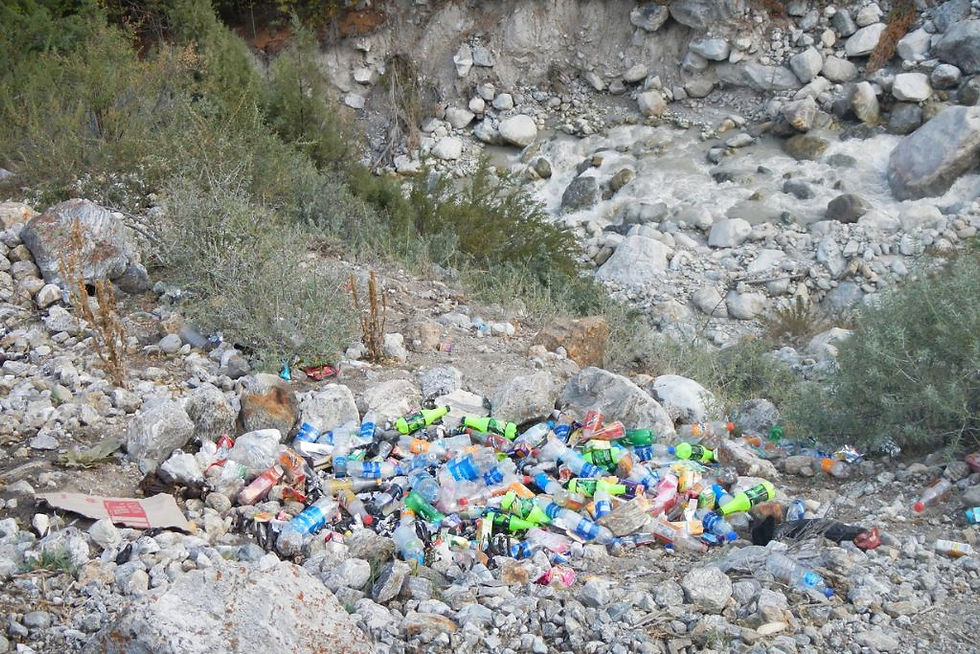Microplastic Pollution Linked to Synthetic Fast Fashion
- Constant Tedder
- Nov 17, 2023
- 2 min read
Staring down the lens of a microscope, researchers at the University of Galway examining water samples see tiny, coloured flecks floating around. These are not nearly invisible newly discovered creatures – they are plastic particles called microplastics and are a major environmental problem linked to our clothes.
—
Almost 70% of clothes in the fast fashion space are made with synthetics like acrylic and nylon, but mostly polyester. These plastic-based fabrics are cheap and readily available – and are widely used by fast fashion brands, even though such fabrics do not biodegrade.
Clothes made from synthetic fabrics shed microplastics during manufacturing and even while worn. Synthetic clothes shed even greater amounts of microplastics while being machine-washed. Microplastics in wastewater pollute the environment – the extent to which scientists are just beginning to understand.
You might also like: Fast Fashion and Its Environmental Impact
Researchers Concerned About Dangers to the Environment and Our Health
Dr Liam Morrison is a microplastic researcher based at the University of Galway. His interest in waterways and microplastics began growing up near the coast.
“Microplastics research is a new field,” he said in an exclusive interview. “In the past, people would have mainly worn natural materials like leather or wool, but now plastic is widespread in our daily lives, from our food to our clothes to the air we breathe.”
“One of the biggest sources of microplastics is grey water – the water found in washing machines and tumble-dryers. Microplastics are released every time you wash your [synthetic] clothes.”
How to Reduce Microplastic Pollution
The durability of plastic and its widespread popularity are real challenges for concerned scientists and researchers calling for fundamental changes to the clothing industry.
“Change will need to come from the top-down and the bottom-up,” said Dr Morrison, referring to solutions that would mean garments are manufactured with fabrics and methods that are more sustainable for the environment, and to the need for consumers to demand change from their favourite brands.
Meanwhile, while scientists continue to tease out the harmful impacts of microplastics, being mindful when you wash your synthetic clothing can go some way to make a change. Beyond this, try to avoid buying new synthetic clothes to make a difference.
You might also like: Are Microplastics Harmful And How Can We Avoid Them?




Comments